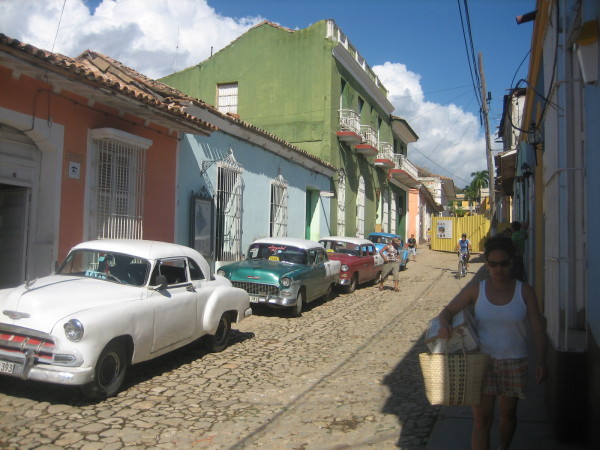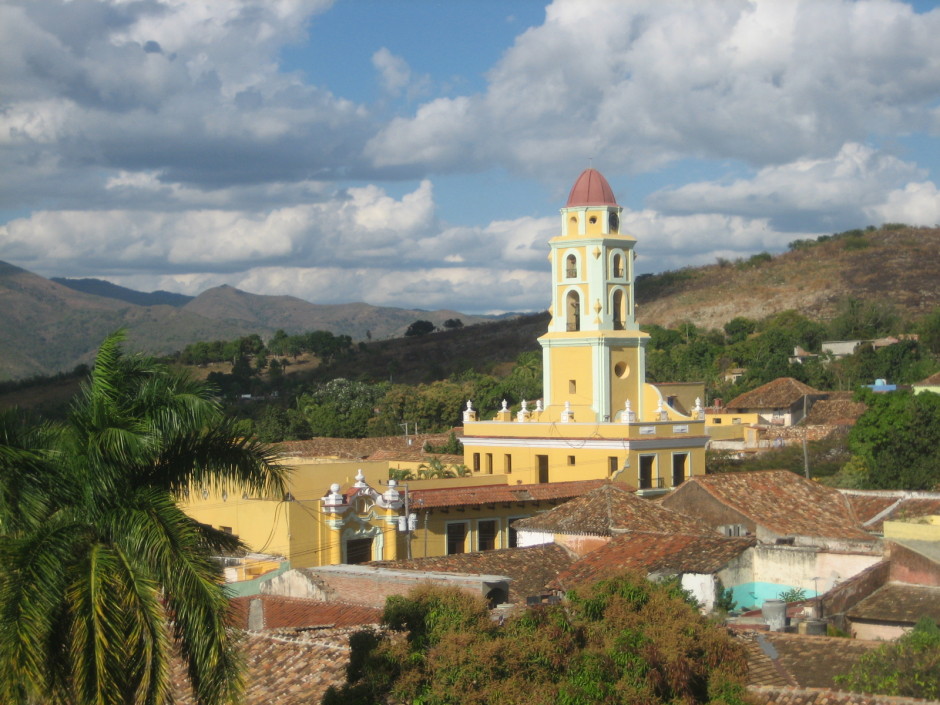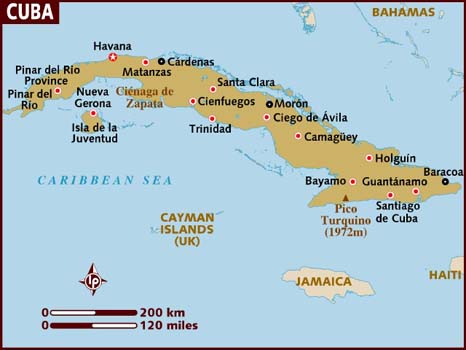
They’re gems of the colonial period in Cuba, quaint towns founded and developed by French and Spanish explorers from the 16th century onward.
Cienfuegos and Trinidad, about an hour away from each other in southern Cuba, are usually overlooked by many of the Canadian and European travellers who typically descend on this island nation during the winter months and spend most of their time sunbathing on sandy beaches in Varadero or exploring Cuba’s charming but down-at-the-heels capital, Havana.
Built on the shores of a bay leading to the Caribbean Sea, Cienfuegos was established in 1819 by French settlers. It soon became a center of the booming sugar and rum trade.
Devastated by a hurricane in 1829, Cienfuegos recovered from its grievous wounds in a burst of reconstruction. Elegant neo-classical buildings sprouted up, giving Cienfuegos the patina of a classic Spanish town.
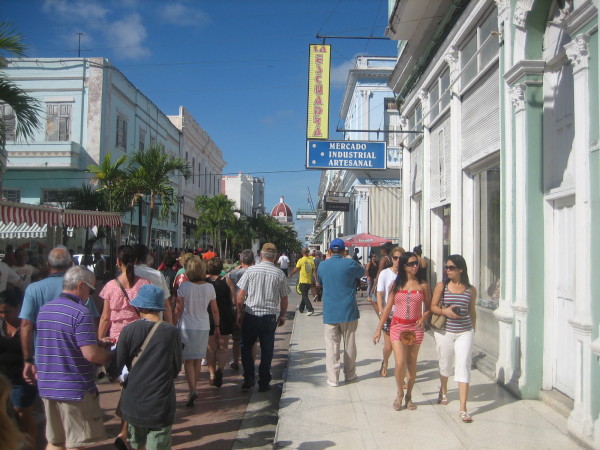
Scores of these structures, some in deplorable condition, survive. Six buildings from the era between 1819-1850 remain intact, while another 327 from the 1851-1900 epoch still stand, making Cienfuegos, population 150,000, something of an open air museum of architecture.
Several of these striking buildings can easily be spotted if you drive along the sea wall, which fills with strollers in the evening. Still other buildings can be seen on Cienfuegos’ busy main street, Paseo del Prado, which is awash with shops and cafes, and which is within walking distance of a statue honoring one of Cuba’s favorite sons, Benny More, a renowned singer of ballads.
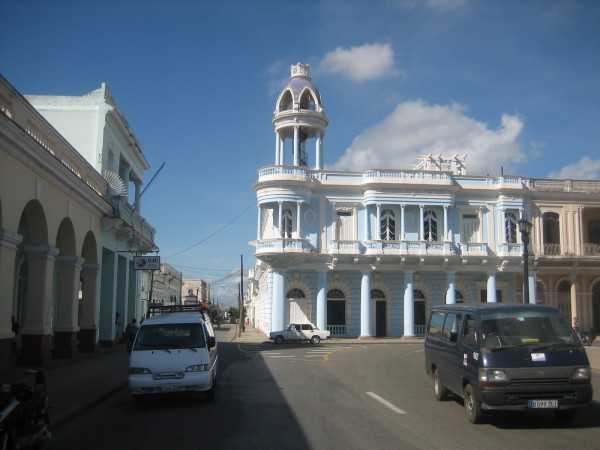
The most important ensemble of colonial-style buildings can be found in Jose Marti Plaza. Named after a fighter for Cuban independence from Spanish rule, the immense cobblestone square houses the oldest church in Cuba, a government office, a theater, a palace and, in keeping with Cuba’s revolutionary ethos, a large billboard bearing an image of Che Guevarra, a hero of the 1959 socialist revolution.
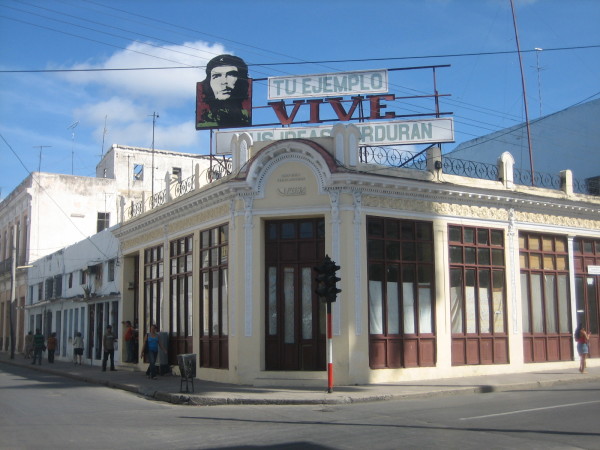
Thanks to this sterling collection of buildings, Cienfuegos has been a UNESCO World Heritage site for the past decade.
Tucked away in the folds of the Escambray mountain range and facing the Caribbean Sea, Trinidad was founded by the Spanish in 1514 and grew fat on the sugar and slave trade. In the 1820s, when Cuba dominated the international sugar market, 56 mills produced more than one million kilos of refined sugar per annum.
The merchants who profited from these activities generated a building boom in Trinidad, the results of which are in plain sight today. In recognition of its architectural beauty, Trinidad has been a UNESCO World Heritage site since 1999.
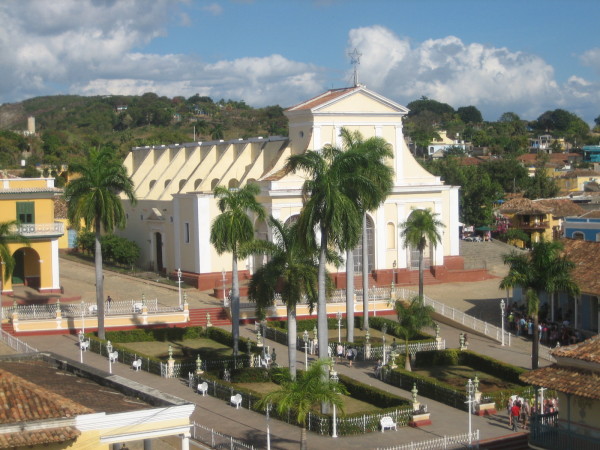
Around Plaza Mayor, the focal point of Trinidad, a visitor comes across a medley of gentrified pastel-colored buildings that summon up its past. By far the most outstanding one is the cathedral, which is painted in shades of pale yellow, brown and white.
Royal palm trees, Cuba’s national tree, grace the square, swaying with the slightest gust of wind.
The museum of history is worth a visit if you’re interested in old furniture and household goods and fading photographs of local dignitaries from the 19th century.
Cigar-making demonstrations take place regularly in a small space adjacent to the museum. An elderly woman, her hair dyed black, rolls, cuts and manipulates dark aromatic tobacco leaves, deftly shaping them into finished cigars and selling them to tourists. A guide tells onlookers that women are the best cigar makers because they tend to have a more sensitive touch than men.
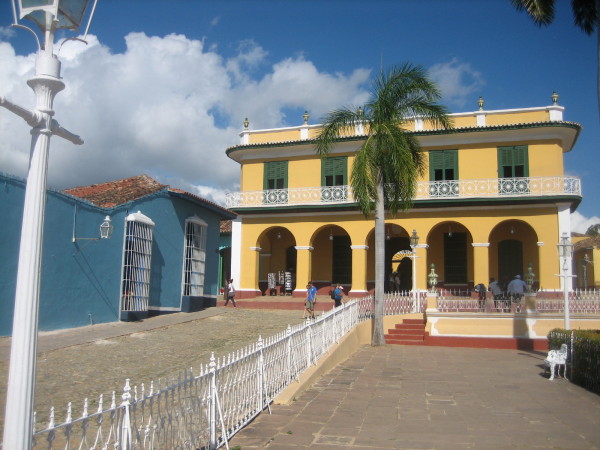
Cuban cigars, from Monte Cristo to Cohiba, are for sale in a gift shop inside the museum. The finest and most expensive brand is Cohiba, supposedly favored by Fidel Castro, Cuba’s widely revered former leader.
If you’re reasonably fit, you can climb a narrow flight of steep steps to the top of the museum’s tower, and there you can feast your eyes on panoramic views of Trinidad and environs.
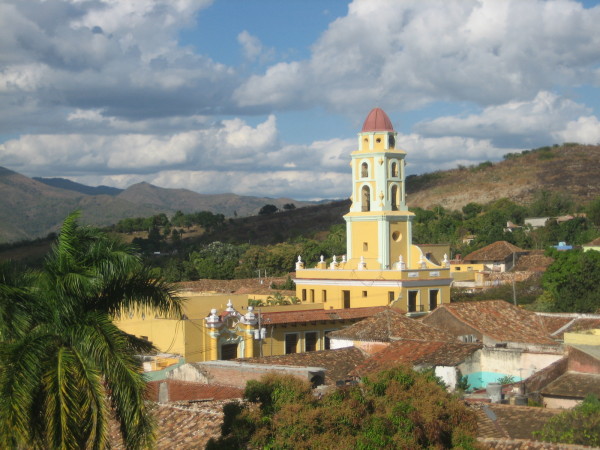
Trinidad, with a population of 73,000, is full of lively cafes and bars where you can sip strong coffee, drink robust beer, fraternize with locals and listen to the rhythms of ebullient Cuban music.
Despite its status as one of Cuba’s finest destinations, Trinidad is still, thankfully, simple and unspoiled. But how long that will last after American tourists start descending on the town is still a mystery.
